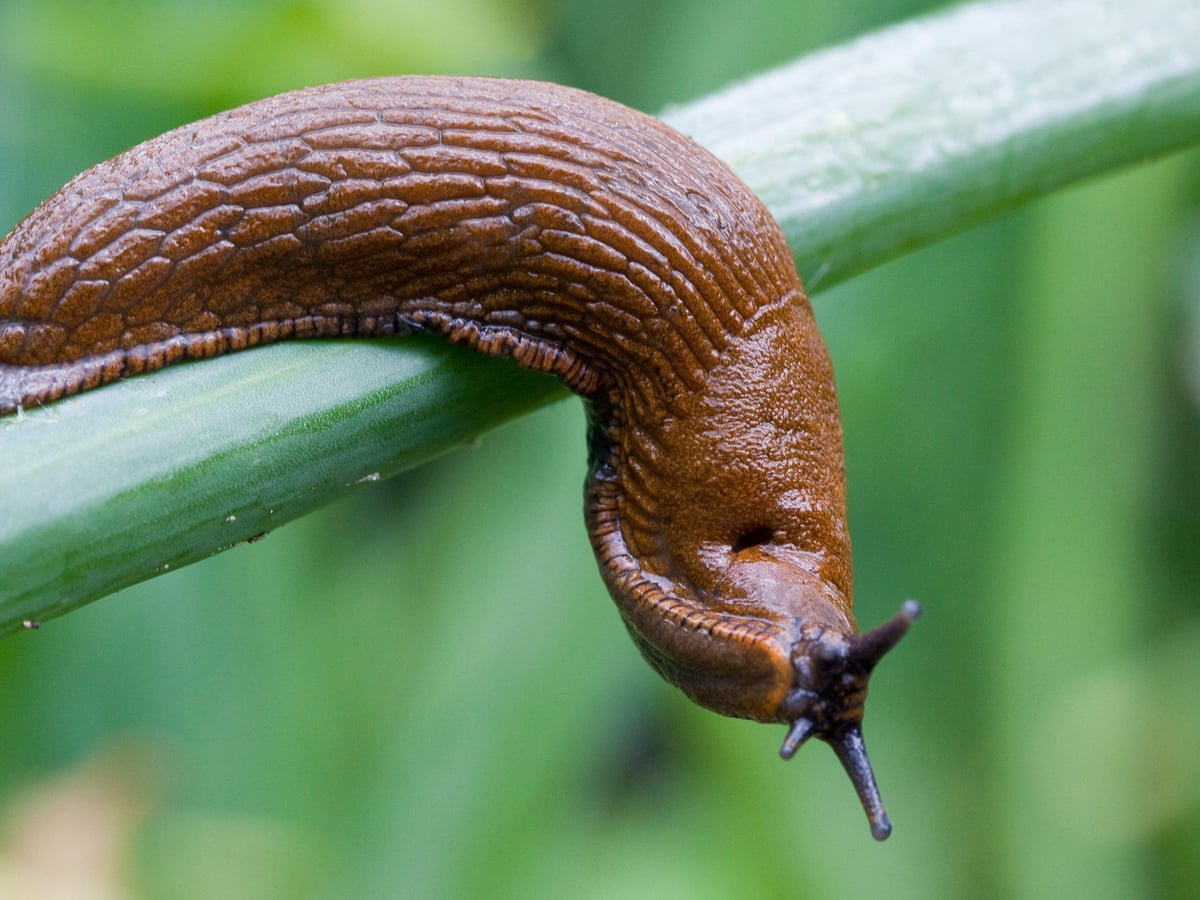
Slugs might seem like simple creatures, but they hide a world of fascinating details. Did you know that slugs have thousands of teeth? These tiny mollusks can stretch their bodies up to 20 times their normal length! Unlike snails, slugs lack a shell, making them more flexible and able to squeeze through tight spaces. They play a crucial role in the ecosystem by breaking down decaying matter, turning it into nutrient-rich soil. Some species even produce a special slime that can heal wounds! Whether you're a gardener or just curious, these 27 facts about slugs will surprise and educate you.
Slugs: The Slimy Garden Dwellers
Slugs might not be the most glamorous creatures, but they have some fascinating traits. These slimy critters play a crucial role in ecosystems and have some surprising characteristics. Let's dive into some intriguing facts about slugs.
Anatomy and Physiology
Slugs have unique bodies that help them thrive in various environments. Here are some interesting details about their anatomy and physiology.
- Slugs are gastropods, meaning "stomach-foot." They move using a muscular foot on their underside.
- They produce mucus to help them glide over surfaces and protect their bodies from sharp objects.
- Slugs have two pairs of tentacles on their heads. The upper pair has eyes, while the lower pair is for smelling and feeling.
- They can retract their tentacles to protect them from danger.
- Slugs breathe through a small hole called a pneumostome, located on the right side of their bodies.
Habitat and Behavior
Slugs are adaptable and can be found in various environments. Their behavior is equally fascinating.
- Slugs prefer moist environments like gardens, forests, and fields.
- They are mostly nocturnal, coming out at night to feed and avoid predators.
- Slugs are hermaphrodites, meaning each slug has both male and female reproductive organs.
- They can self-fertilize if they can't find a mate, ensuring their species' survival.
- Slugs lay clusters of eggs in damp, protected areas to keep them safe from predators and drying out.
Diet and Feeding Habits
Slugs have a diverse diet that helps them survive in different habitats. Their feeding habits can impact the environment around them.
- Slugs are omnivores, eating plants, fungi, and even other small animals.
- They have a radula, a tongue-like organ covered in tiny teeth, to scrape food off surfaces.
- Slugs can consume up to 50% of their body weight in a single night.
- They are known to eat decaying matter, helping to recycle nutrients back into the soil.
- Some slugs are cannibalistic, eating other slugs or their eggs when food is scarce.
Defense Mechanisms
Despite their slow movement, slugs have developed several ways to protect themselves from predators.
- Slugs produce thick mucus that makes them difficult for predators to grasp.
- Some slugs can detach part of their tail to escape when caught by a predator.
- Certain species have bright colors or patterns to warn predators that they are toxic or unpalatable.
- Slugs can burrow into the soil to hide from predators and harsh weather conditions.
- They can also secrete chemicals that deter predators from eating them.
Ecological Impact
Slugs play a significant role in their ecosystems, both positively and negatively.
- Slugs help break down organic matter, contributing to soil health and nutrient cycling.
- They are a food source for many animals, including birds, frogs, and small mammals.
- Slugs can become pests in gardens and agriculture, damaging crops and ornamental plants.
- Some species are invasive, spreading to new areas and outcompeting native species.
- Slugs can carry parasites that affect other animals and humans, such as the rat lungworm.
Fun and Unusual Facts
Slugs have some quirky traits that make them even more interesting.
- Slugs can regenerate lost body parts, including their tentacles and tails.
- Some slugs have bioluminescent mucus, which glows in the dark to deter predators or attract mates.
Slugs: Nature's Slimy Marvels
Slugs might seem like simple creatures, but they’re full of surprises. These slimy critters play a crucial role in ecosystems by breaking down decaying matter, enriching soil, and serving as food for various animals. Their unique anatomy, with a single lung and thousands of teeth, makes them fascinating subjects of study. Slugs can also be garden pests, munching on plants and causing headaches for gardeners. However, their ecological benefits often outweigh the negatives.
Understanding slugs helps us appreciate the delicate balance of nature. Next time you spot one, remember they’re more than just slimy nuisances. They’re vital players in the natural world, contributing to the health of our environment. So, whether you’re a gardener, a student, or just curious, knowing these facts about slugs can deepen your appreciation for these remarkable creatures.
Was this page helpful?
Our commitment to delivering trustworthy and engaging content is at the heart of what we do. Each fact on our site is contributed by real users like you, bringing a wealth of diverse insights and information. To ensure the highest standards of accuracy and reliability, our dedicated editors meticulously review each submission. This process guarantees that the facts we share are not only fascinating but also credible. Trust in our commitment to quality and authenticity as you explore and learn with us.
